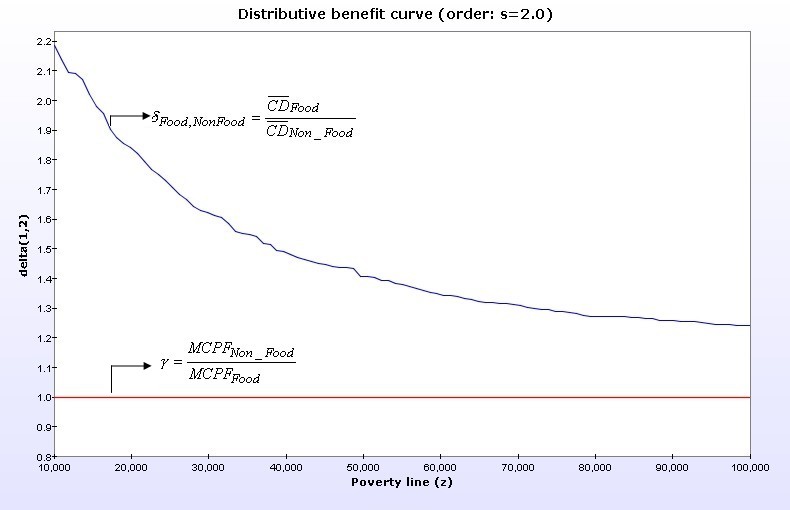| Exercise 8.52 |
The government wishes to determine whether increasing the price of NFDEQ,
for the benefit of a fall in the price of FDEQ, would be good for poverty.
|
| Answer |
|
RECALL |
|
|
|
|
| STEP 1: Initialising the sampling weight: EDIT|Set Sample Design |
|
|
|
STEP 2: Use the DAD Application: DOMINANCE|INDIRECT TAX DOMINANCE |
|
RESULTS |
|



